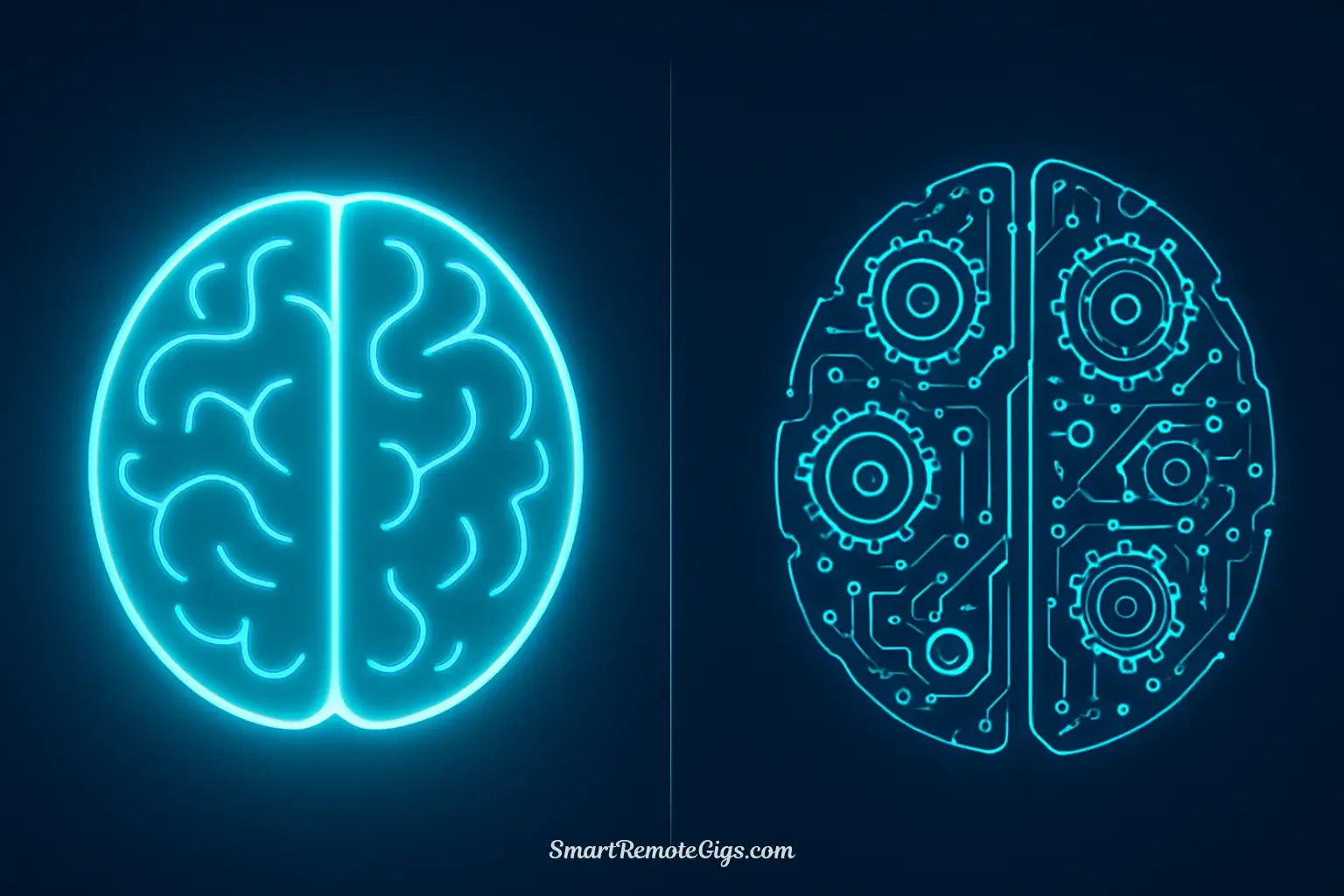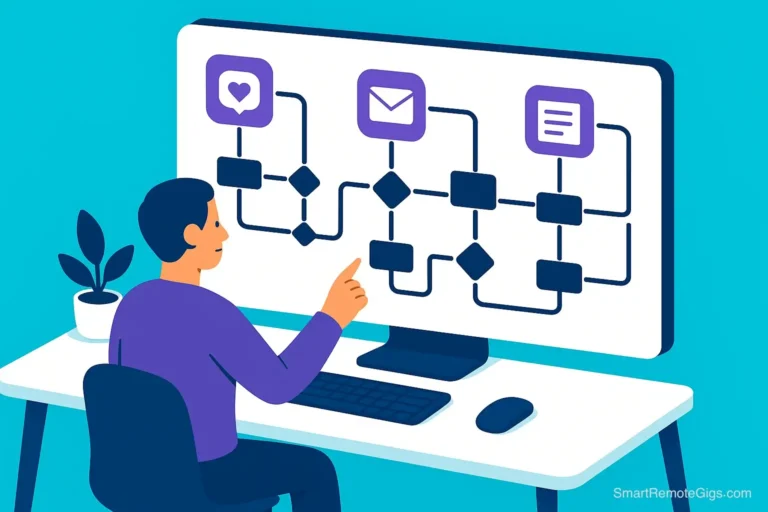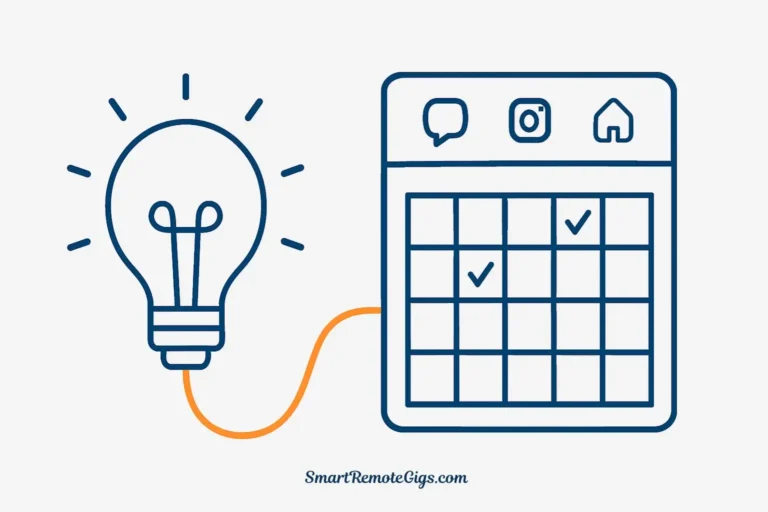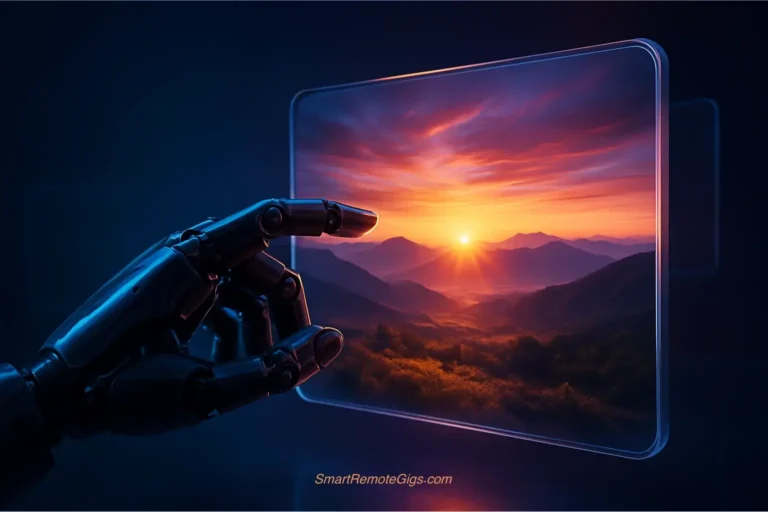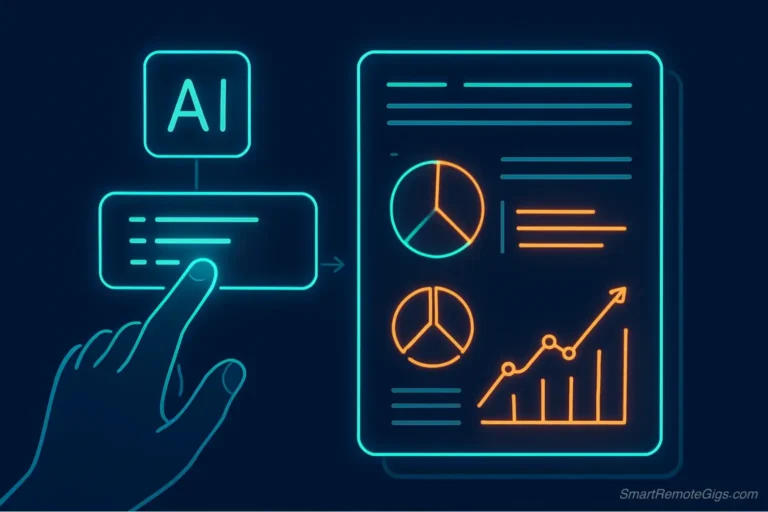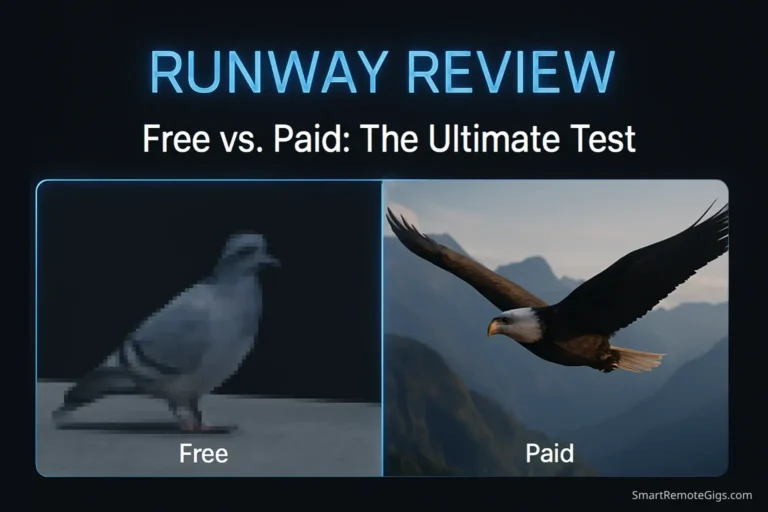The AI art revolution has arrived, and with it comes a pivotal question for every creator: In the battle of Midjourney vs Stable Diffusion, which tool deserves your time, energy, and creative vision?
As artificial intelligence transforms the way we create digital art, these two platforms have emerged as the undisputed leaders, each attracting millions of users worldwide. According to Wired’s coverage of the generative AI boom, the impact of these tools extends far beyond hobbyist circles into professional creative industries.
But here’s the challenge: they’re fundamentally different in philosophy, approach, and execution.
Midjourney positions itself as the artist-friendly curator—a polished service that prioritizes aesthetic beauty and ease of use. Stable Diffusion, on the other hand, is the open-source powerhouse that hands you the keys to infinite customization and control. Neither is universally “better,” and that’s precisely why this comparison exists.
This article won’t declare a single winner. Instead, it will empower you to make the right choice based on your specific needs, technical comfort level, and creative goals. Whether you’re a professional designer seeking quick, stunning assets or a hobbyist who loves tinkering with every parameter, you’ll find your answer here.
Quick Verdict: The 30-Second Answer
Choose Midjourney if: You value artistic quality, aesthetic consistency, and Midjourney ease of use above all else. You want to type a prompt and receive magazine-quality results immediately, and you’re comfortable paying a monthly subscription for that convenience.
Choose Stable Diffusion if: You demand total creative control, unlimited customization through LoRAs and ControlNet, uncensored output, and prefer a free, open-source model—especially if you have the hardware to run it locally or don’t mind a steeper learning curve.
At a Glance: Midjourney vs. Stable Diffusion Head-to-Head
| Feature | Midjourney | Stable Diffusion | Winner/Verdict |
|---|---|---|---|
| Ease of Use | Extremely simple Discord interface | Complex setup, multiple Web UIs | Midjourney |
| Image Quality (Artistic) | Polished, coherent, “opinionated” style | Raw potential, requires skill | Midjourney |
| Image Quality (Photorealism) | Good, but stylized | Exceptional with proper models | Stable Diffusion |
| Control & Customization | Limited parameters | Nearly infinite (LoRAs, ControlNet) | Stable Diffusion |
| Cost | $10–$120/month subscription | Free (hardware/cloud costs apply) | Stable Diffusion |
| Speed | Fast (cloud-based) | Varies (hardware dependent) | Midjourney |
| Censorship | Moderate content filters | Uncensored (user’s responsibility) | Stable Diffusion |
| Community | Discord-centric, collaborative | GitHub, Reddit, forums—developer-focused | Tie |
The Deep Dive: Feature-by-Feature Breakdown
Round 1: Ease of Use & Learning Curve
Midjourney operates entirely through Discord, making it remarkably accessible. You join the server, type /imagine followed by your prompt, and within seconds, you receive four variations of your concept.
There’s no software to install, no technical configuration, and no intimidating settings panels.
For beginners wondering about Midjourney ease of use, the answer is simple: it’s designed for immediate creative expression. If you’re ready to start, our guide on how to use Midjourney walks you through the entire process from start to finish.
The platform’s simplicity is deliberate. Parameters like --ar (aspect ratio), --stylize, and --chaos offer some control, but Midjourney intentionally limits complexity to maintain its accessible nature.
This makes it perfect for artists, marketers, and designers who need beautiful results without becoming AI engineers.
Stable Diffusion presents a dramatically different experience. As an open-source model created by Stability AI, it requires either local installation (downloading the model, installing Python dependencies, setting up a Web UI like AUTOMATIC1111 or ComfyUI) or using cloud services like Google Colab.
The initial setup can take hours for newcomers, and the learning curve extends far beyond simple prompting. For those ready to tackle the technical aspects, we’ve created a complete beginner’s guide that demystifies how to install and use Stable Diffusion.
However, this complexity unlocks unprecedented power. You control sampling methods, CFG scale, steps, seeds, and can integrate advanced tools like ControlNet for pose control or LoRAs for style consistency.
The stable diffusion customization options are virtually limitless, but they demand technical curiosity and patience.
Verdict: Midjourney wins decisively for ease of use. If you want to create art today without watching tutorials, choose Midjourney.
If you enjoy learning technical systems and want ultimate control, embrace Stable Diffusion’s learning curve.
Round 2: Image Quality & Aesthetic Style
When comparing Midjourney image quality to Stable Diffusion, we’re really comparing two different philosophies of image generation.
Midjourney employs what many call an “opinionated” approach. It has been trained not just to generate images, but to generate beautiful images according to specific artistic sensibilities.
The platform excels at producing cohesive compositions with excellent color theory, balanced lighting, and artistic flair. Even vague prompts often yield surprisingly polished results.
This curatorial approach means Midjourney particularly excels at:
- Fantasy and concept art with cinematic quality
- Digital illustrations with professional-level composition
- Stylized portraits with dramatic lighting
- Abstract and artistic interpretations
For users seeking to maximize this potential, our collection of the best Midjourney prompts for photorealism provides expertly crafted examples that showcase the platform’s capabilities.
Stable Diffusion, being an open framework, functions more like a raw engine. The base model is competent, but where it truly shines is through specialized fine-tuned models.
Want hyperrealistic photographs? Use models like Realistic Vision or DreamShaper. Need anime-style art? Try Anything V5 or similar models.
This flexibility means stable diffusion vs midjourney comparison for image quality depends entirely on your specific use case.
With the right custom model and proper prompting technique (often called “prompt-fu”), Stable Diffusion can produce photorealism that surpasses Midjourney’s more stylized aesthetic. However, achieving consistent quality requires significantly more expertise.
Verdict: Midjourney wins for immediate artistic quality and consistency. Stable Diffusion wins for maximum photorealism potential and style versatility—but only if you’re willing to invest time in learning and experimentation.
Round 3: Control & Customization
This is where the stable diffusion vs midjourney comparison reveals its starkest contrast.
Midjourney offers limited but effective controls. Recent versions include:
--styleparameters for preset aesthetic variations--chaosfor controlled randomness in results- Image prompting with weight controls
--creffor character reference consistency- Multi-prompting with weight adjustments using
::
These tools provide adequate control for most creative professionals who want to guide results without micromanaging every detail.
Stable Diffusion exists in an entirely different universe of control. The platform’s open-source nature has spawned an ecosystem of powerful extensions:
- ControlNet: Transform simple sketches or poses into detailed images with precise compositional control
- LoRAs (Low-Rank Adaptations): Small model additions that inject specific styles, characters, or concepts with remarkable consistency
- Inpainting/Outpainting: Edit specific regions or extend images beyond their original boundaries
- Custom Model Training: Train your own models on specific datasets for branded or unique aesthetics
- Textual Inversions: Create custom embeddings for specific subjects or styles
- Img2Img: Transform existing images with varying degrees of influence
This level of customization makes Stable Diffusion the ai art generator for beginners who want to grow into advanced users, and the essential tool for professionals requiring absolute control over every generation aspect.
To unlock these advanced capabilities, our detailed guide to mastering Stable Diffusion with LoRAs and ControlNet provides hands-on tutorials for implementing these powerful tools.
Verdict: Stable Diffusion dominates this category completely. While Midjourney’s controls suffice for most users, Stable Diffusion’s customization options are essentially limitless.
Round 4: Cost & Pricing
The stable diffusion cost versus Midjourney pricing comparison isn’t straightforward, because they operate on fundamentally different models.
Midjourney Pricing (2025 rates):
- Basic Plan: $10/month (~200 generations)
- Standard Plan: $30/month (~unlimited in relaxed mode)
- Pro Plan: $60/month (unlimited fast generations, stealth mode)
- Mega Plan: $120/month (maximum speed and capacity)
These subscriptions include cloud computing, storage, and continuous model improvements. There’s no hardware investment, no technical maintenance, and predictable monthly costs. For professionals, this represents excellent value considering the midjourney image quality delivered.
Stable Diffusion is free software, but that doesn’t mean it’s cost-free:
Local Setup Costs:
- GPU required (minimum: NVIDIA RTX 3060 with 12GB VRAM, recommended: RTX 4090)
- Hardware investment: $500–$2,000+ depending on GPU choice
- Electricity costs for running generations
- Time investment for setup, maintenance, and learning
Cloud Options:
- Google Colab Pro: $10–$50/month
- RunPod, Vast.ai: $0.20–$0.80/hour depending on GPU
- Completely free options exist but with limitations
Pro Tip: Before investing in hardware for Stable Diffusion, test your workflow on a pay-as-you-go cloud service like RunPod to see if it fits your needs and generation volume.
For hobbyists with existing gaming PCs, Stable Diffusion can be genuinely free. For professionals without hardware, cloud costs can exceed Midjourney subscriptions quickly.
Verdict: Context-dependent. Midjourney offers better value for professionals wanting hassle-free creation. Stable Diffusion wins for budget-conscious users with existing hardware or those generating massive volumes of images.
The Ultimate Use-Case Showdown
Understanding which is better midjourney or stable diffusion requires examining real-world applications.
Best for Artists & Digital Art
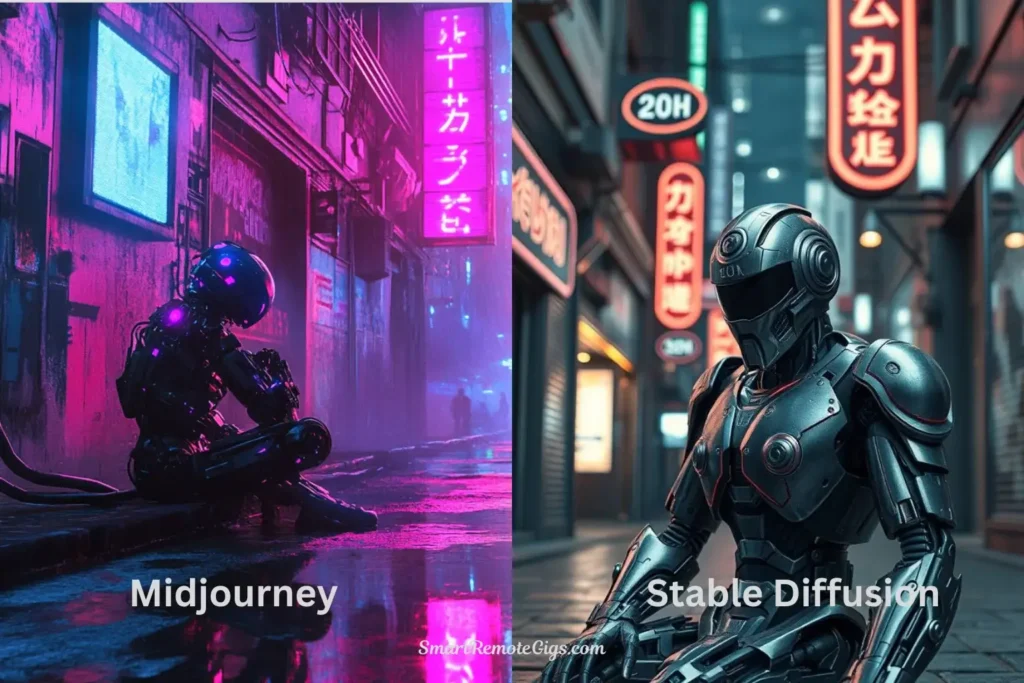
For concept artists, illustrators, and digital painters seeking inspiration or base compositions, Midjourney consistently delivers superior results with minimal effort.
Its inherent understanding of artistic composition, color harmony, and visual storytelling makes it exceptional for:
- Fantasy landscapes and sci-fi environments
- Character concept sheets with consistent aesthetic
- Book covers and editorial illustrations
- Mood boards and creative exploration
The platform’s ability to interpret abstract or poetic prompts while maintaining artistic coherence is unmatched. You can request “a lonely robot contemplating existence in a neon-soaked cyberpunk alley” and receive genuinely artistic interpretations, not literal translations.
Best for Photorealism & Portraits
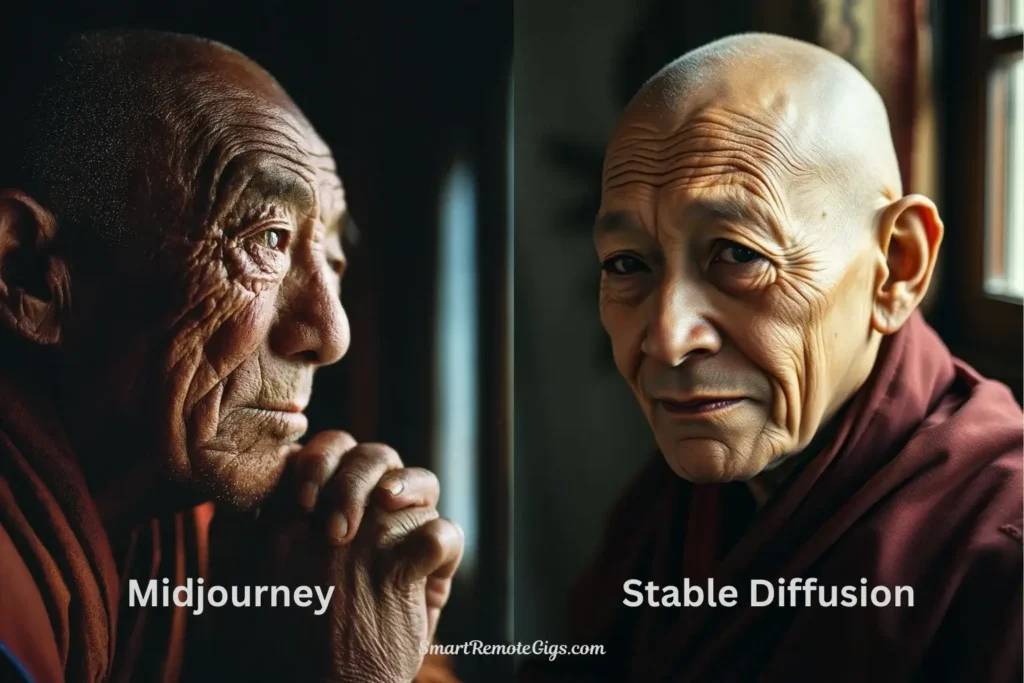
When absolute photographic realism is the goal, Stable Diffusion with specialized models like Realistic Vision, Juggernaut, or DreamShaper produces results that are frequently indistinguishable from actual photographs.
The platform excels at:
- Product photography and commercial visuals
- Architectural visualizations
- Portrait photography with controllable lighting
- Nature and landscape photography
Combined with ControlNet for pose accuracy and proper negative prompts to avoid AI artifacts, Stable Diffusion can generate images that fool professional photographers.
Midjourney’s aesthetic “fingerprint”—while beautiful—remains subtly identifiable in most outputs.
Best for Consistent Characters & Branding
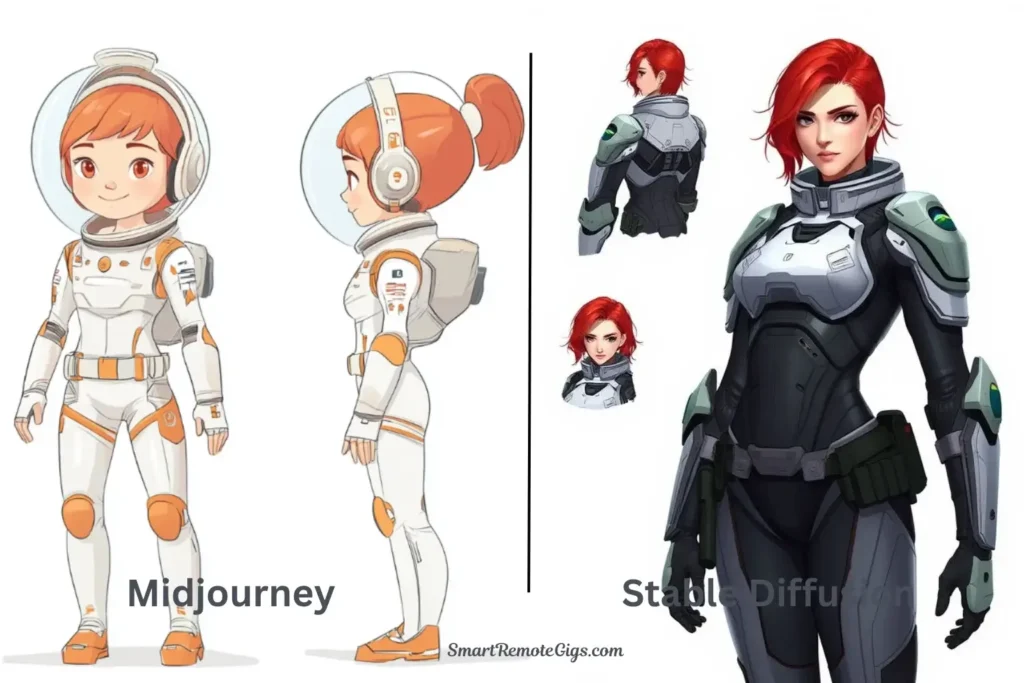
For marketing agencies, game developers, or content creators requiring the same character across multiple images, both platforms offer solutions:
Midjourney’s --cref (character reference) feature allows reasonable consistency by referencing previous images. It works well for stylized characters and maintains general appearance across variations.
Stable Diffusion’s LoRA system provides superior consistency. You can train a LoRA on 15-30 images of a specific character, product, or style, then invoke it in any future generation. This makes Stable Diffusion ideal for:
- Brand mascots appearing in various scenarios
- Comic book characters maintaining appearance across panels
- Product placement in different contexts
- Personal avatars for content creation
Best for Developers & Tinkerers
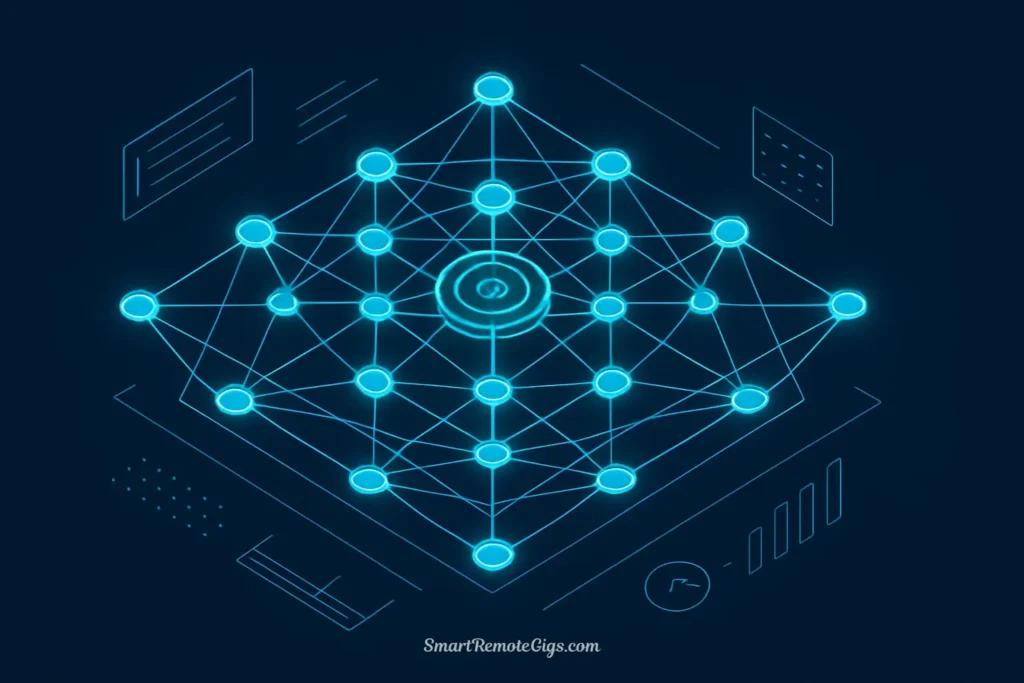
Stable Diffusion is the clear winner for technical users. Its open-source nature enables:
- Integration into custom applications via APIs
- Automated batch processing workflows
- Fine-tuning for specific commercial applications
- Research and experimentation without restrictions
- Offline operation for privacy-sensitive projects
Midjourney offers API access but restricts customization by design. For developers building AI-powered applications or researchers pushing technical boundaries, Stable Diffusion’s flexibility is irreplaceable.
The Final Verdict: Who Should Use Which Tool?
You Should Choose Midjourney If…
- You’re a creative professional needing stunning visuals quickly without technical overhead
- Ease of use is paramount—you want to focus on creativity, not configuration
- Consistent artistic quality matters more than unlimited customization
- You value your time and prefer subscription costs over learning curves
- You work in marketing, design, or content creation where aesthetic appeal is critical
- You’re a beginner seeking immediate results and encouragement
- Collaboration matters—Discord’s community aspect inspires your process
You Should Choose Stable Diffusion If…
- You demand total creative control over every aspect of generation
- Budget is a constraint—you have hardware or don’t mind cloud costs
- Customization is essential—LoRAs, ControlNet, and custom models excite you
- You need uncensored generation for artistic freedom or specific projects
- You’re a developer integrating AI into applications or workflows
- Photorealism is your priority and you’re willing to master technical skills
- You enjoy learning technical systems and optimizing processes
- Privacy matters—running models locally keeps your work confidential
Frequently Asked Questions (FAQ)
What is the main difference between Midjourney and Stable Diffusion?
The fundamental difference lies in philosophy: Midjourney is a curated service focused on delivering beautiful, artistic images through a simple interface, while Stable Diffusion is an open-source framework offering unlimited customization and control at the cost of complexity. Think of Midjourney as a professional art director and Stable Diffusion as a complete photography studio you own.
Can you use Stable Diffusion for free?
Yes, Stable Diffusion is completely free as open-source software. However, you need hardware to run it (specifically an NVIDIA GPU with at least 8GB VRAM for comfortable use) or must pay for cloud computing services. Free cloud options exist through Google Colab’s free tier, though with limitations on usage time.
Is Stable Diffusion harder to use than Midjourney?
Significantly harder initially. Midjourney works immediately through Discord with simple commands, while Stable Diffusion requires software installation, understanding of technical parameters, and experimentation to achieve comparable quality. However, many users find the learning investment worthwhile for the control it provides.
Which AI is better for realistic photos?
Stable Diffusion typically produces superior photorealism when using specialized models like Realistic Vision or DreamShaper, combined with proper prompting techniques. Midjourney excels at artistic and stylized imagery but maintains a subtle “AI art” aesthetic even in its most realistic outputs. For commercial product photography or architectural visualization requiring true photographic realism, Stable Diffusion is generally the better choice.
Conclusion
The midjourney vs stable diffusion debate ultimately isn’t about declaring a champion—it’s about understanding two fundamentally different tools serving different needs. Midjourney is a service designed to democratize beautiful AI art creation, prioritizing user experience and artistic consistency. Stable Diffusion is a framework offering unprecedented creative freedom and control to those willing to invest time in mastery.
Your choice should reflect your priorities: Do you value immediate, reliable beauty or ultimate customization? Professional convenience or technical sovereignty? Artistic curation or photographic realism?
The exciting truth is that you’re not locked into a single choice forever. Many creators maintain Midjourney subscriptions for quick ideation and client work while using Stable Diffusion for projects requiring specific control or uncensored generation. Others start with Midjourney to build confidence before graduating to Stable Diffusion’s advanced features.
Whichever path you choose, you’re entering an era where your imagination is the primary limitation, not technical barriers. The AI art revolution isn’t about replacing human creativity—it’s about amplifying it. Start creating, experiment fearlessly, and discover what these remarkable tools can do in your hands.
Review: Midjourney vs. Stable Diffusion Features
Midjourney
A user-friendly, subscription-based AI image generator known for its high-quality, artistic output and simple Discord interface. Ideal for beginners and creatives prioritizing aesthetic consistency.
Excels in producing stunning, artistically coherent images with minimal effort. Its Discord-based workflow is perfect for beginners, but it lacks the deep customization and control of open-source alternatives.
Editor’s Rating:
Price: $10
Visit WebsiteStable Diffusion
A powerful, open-source AI image generation framework offering unparalleled control via LoRAs and ControlNet. Free to use locally but requires a powerful GPU and has a steep learning curve.
The ultimate tool for users who demand absolute creative control and customization. Its open-source nature and powerful extensions are unmatched, but it requires a significant technical setup and learning investment.
Editor’s Rating:
Price: Free
Visit Website